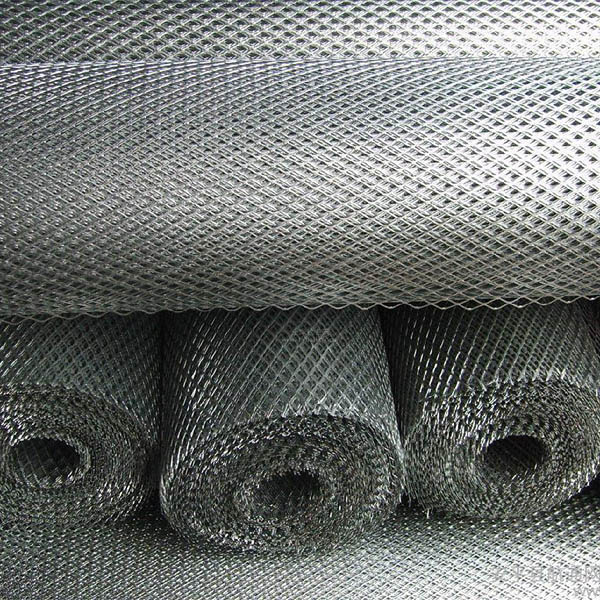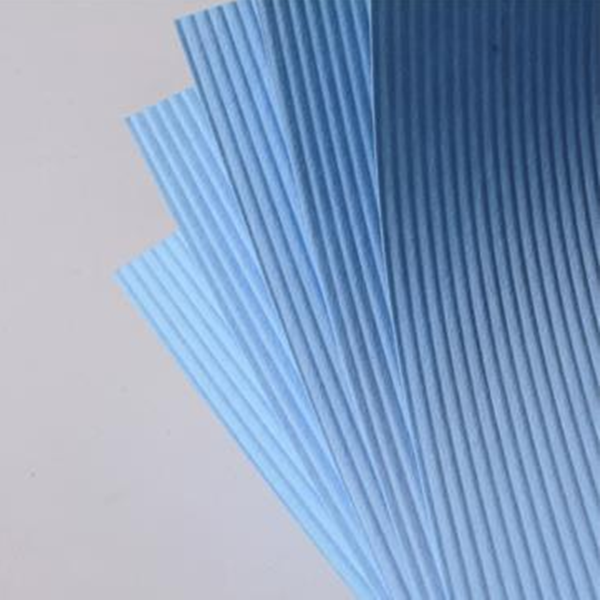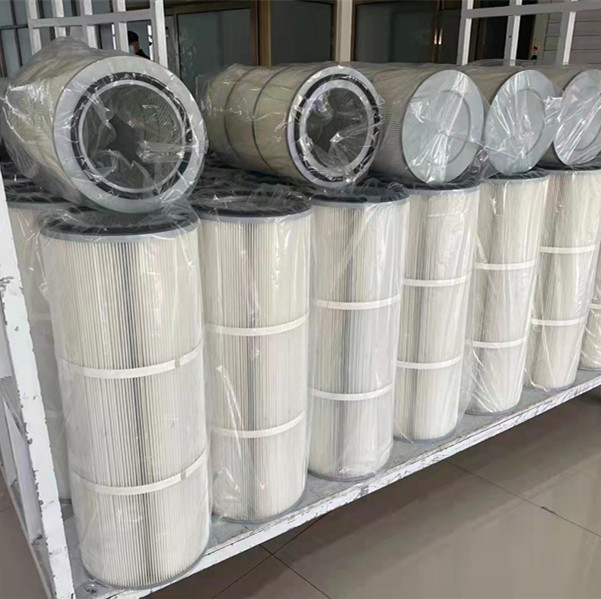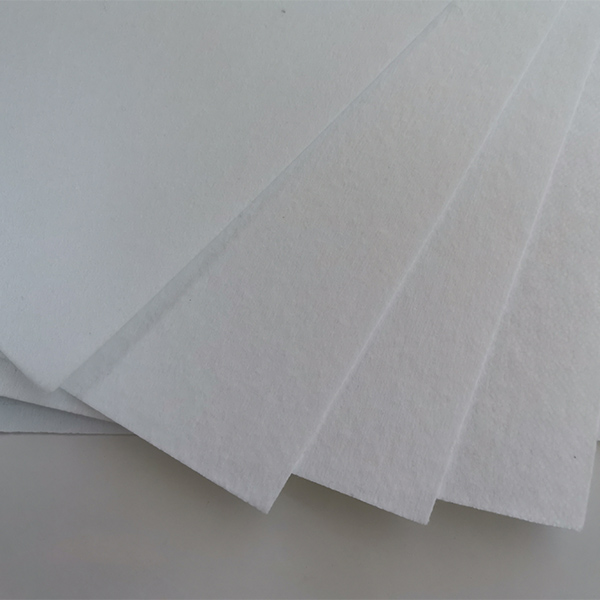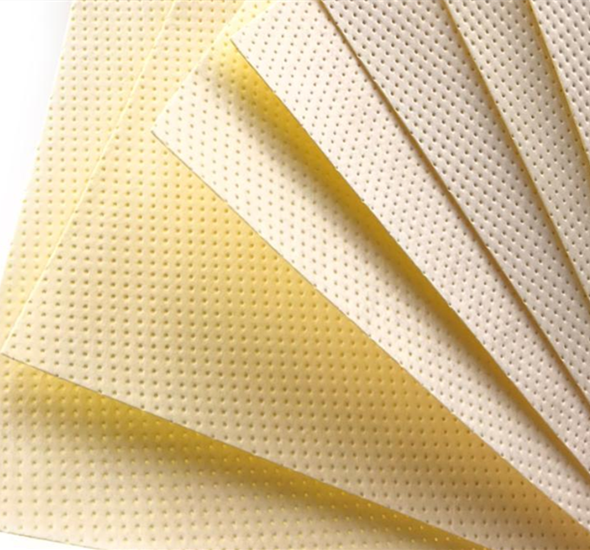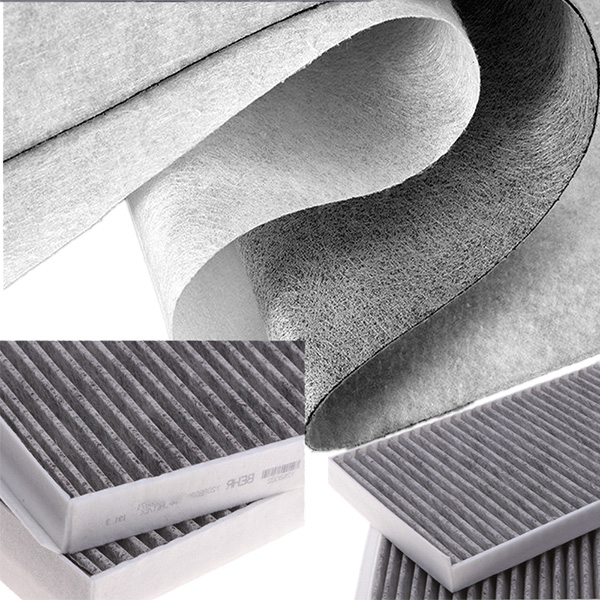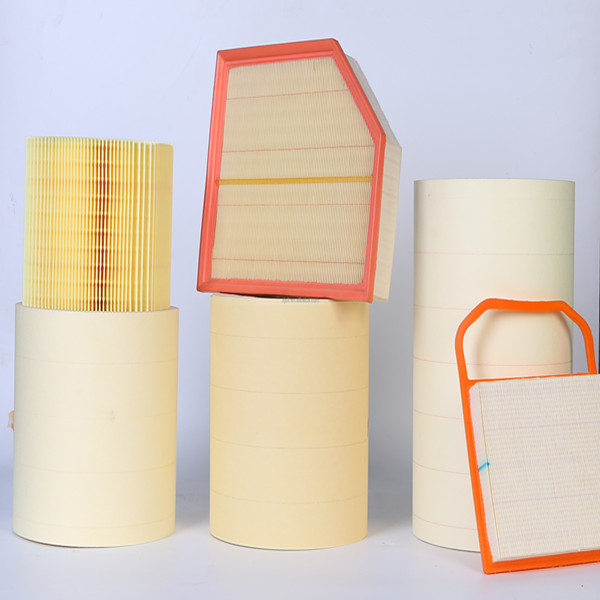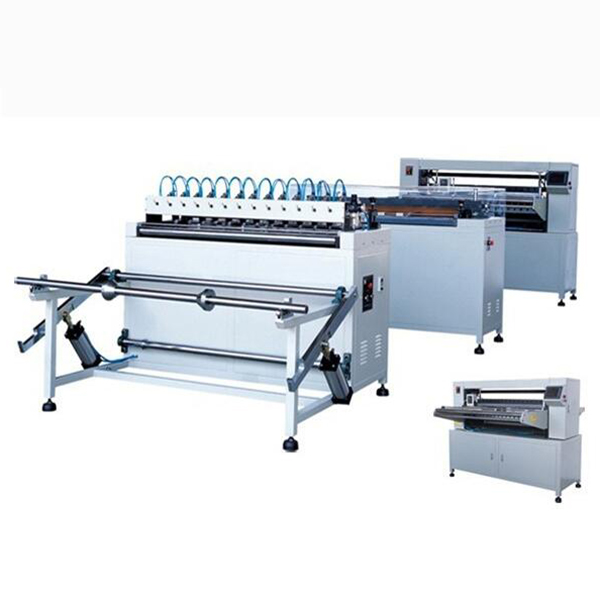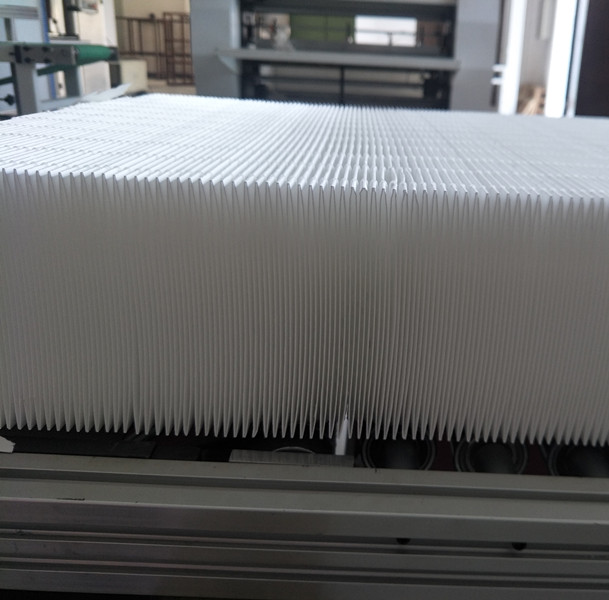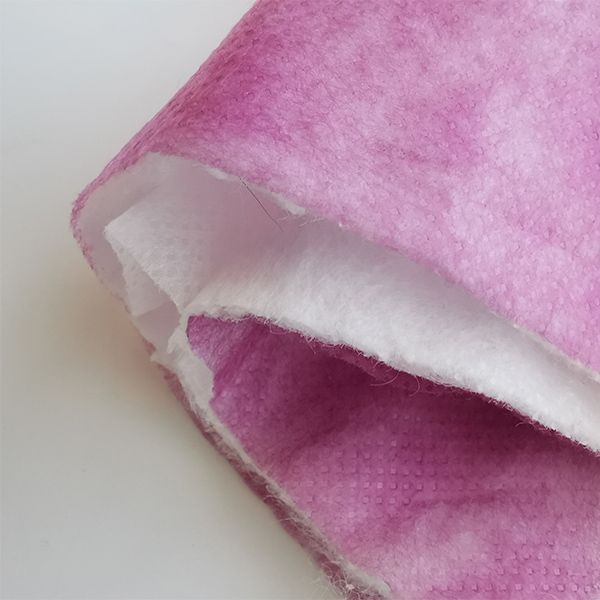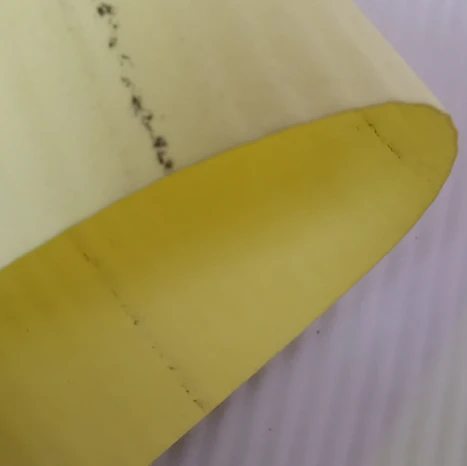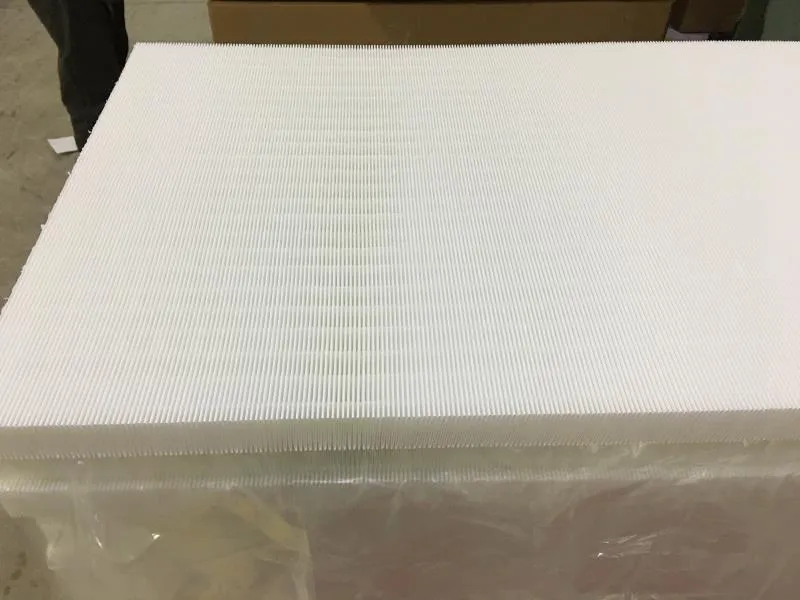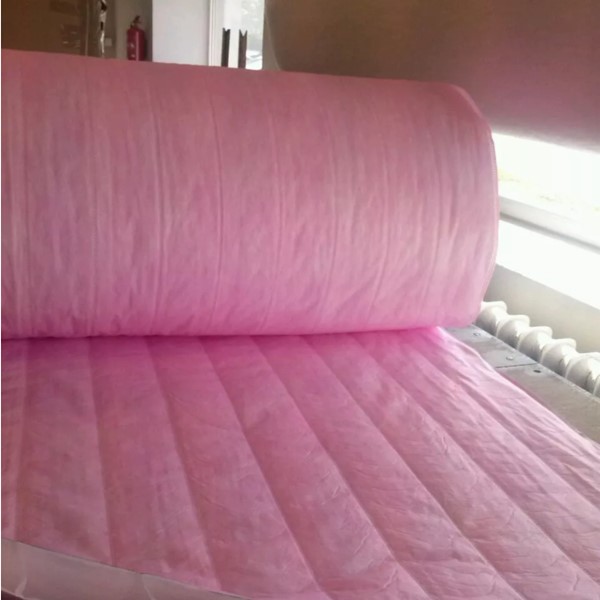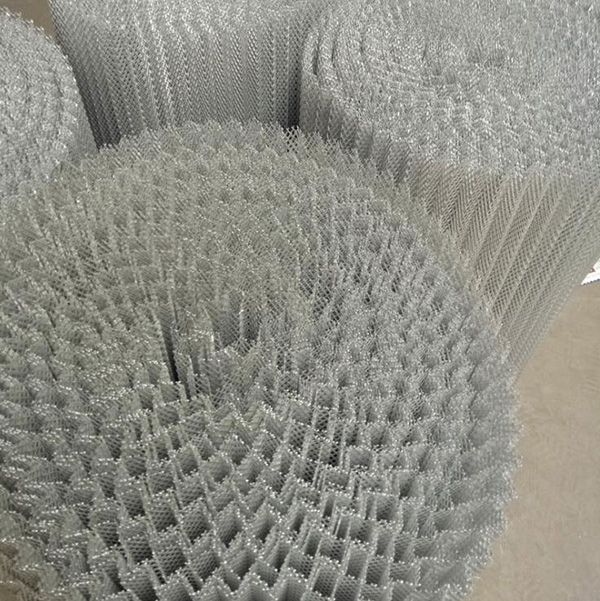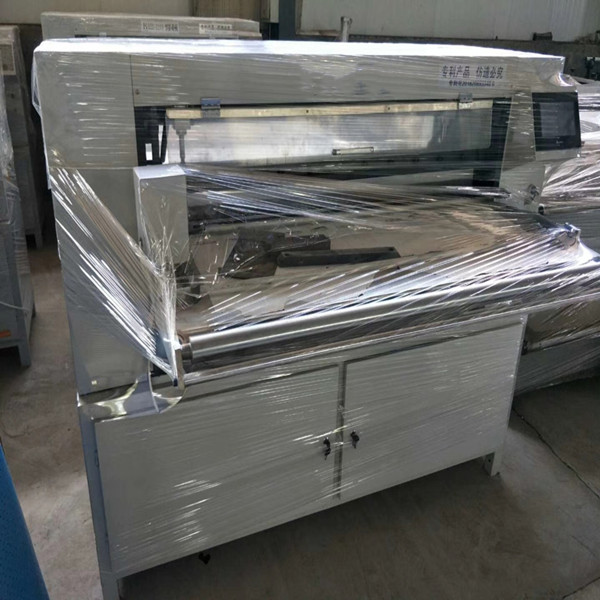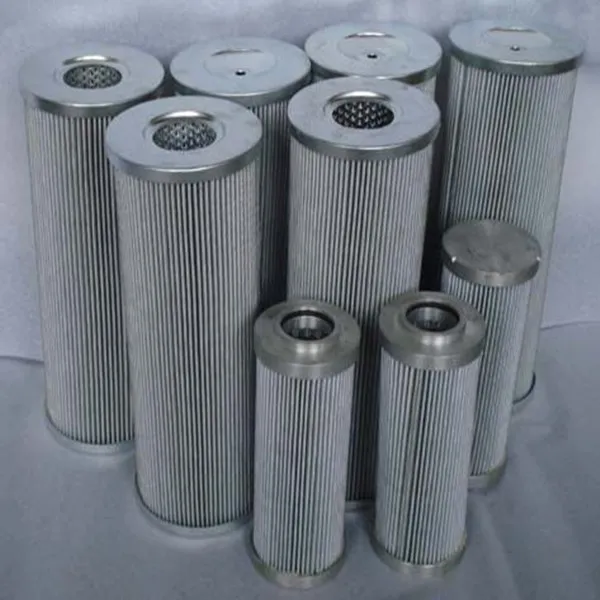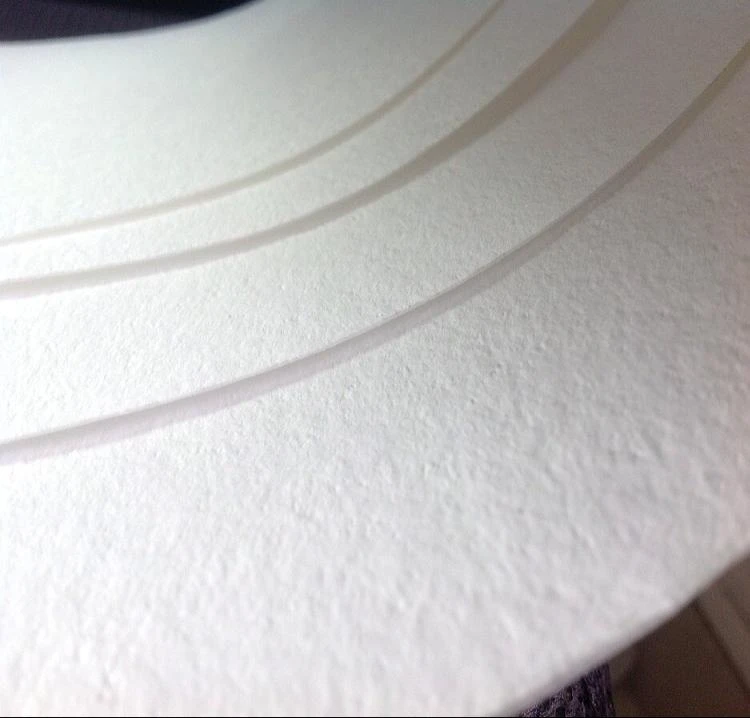حمل و نقل عمومی به یک مکان خطر پنهان جدید برای عفونت جدید پنومونی طوقه تبدیل شده است و خطر انتقال آن بالا است. موارد زیادی از انتقال و بیماری ناشی از حمل و نقل اتوبوس، تاکسی و مترو وجود داشته است. در دوره پیشگیری و کنترل همه گیر، علاوه بر تقویت مدیریت پیشگیری و کنترل همه گیر در حوزه حمل و نقل (مانند فاصله صندلی ها، کاهش فروش بلیت و ...) و کاهش خطر انتقال ویروس در وسایل نقلیه عمومی، رانندگی به امن ترین راه سفر تبدیل شده است.
اما آیا واقعاً سفر با ماشین بیخطر است؟
در واقع، اگرچه رانندگی با خودروی شخصی می تواند احتمال تماس با بیماران مبتلا به پنومونی جدید عروق کرونر را در مقایسه با مترو و اتوبوس به طور موثر کاهش دهد، اما از آنجایی که خودرو خود یک محیط بسته است، زمانی که مسافر فرد مبتلا داشته باشد، ممکن است شما مبتلا شوید. رابطه جنسی نیز بسیار افزایش یافته است. بنابراین، اگرچه رانندگی تا حدی ایمن ترین وسیله حمل و نقل است، اما نباید در هنگام رانندگی با وسیله نقلیه، اقدامات حفاظتی لازم را نادیده بگیریم. علاوه بر اقدامات ایمنی ذکر شده در اینجا، ما همچنان باید تماس نزدیک را کاهش دهیم و به پوشیدن ماسک ادامه دهیم. چگونگی حل مشکل افزایش احتمال انتقال ویروس از هوا در یک محیط بسته خودرو از منبع ارزش بیشتری دارد، زیرا این فقط در طول همه گیری نیست. ما باید اقدامات ایمنی را در نظر بگیریم. خارج از اپیدمی، کیفیت هوای داخل خودروها نیز ارتباط تنگاتنگی با سلامت و راحتی ما دارد.
How to improve the air quality in the car? In-car air quality has always been the focus of consumers’ attention. The new car quality research (IQS) report of the world’s authoritative research organization J.D. Power shows that car interior odor has become the first dissatisfaction in the Chinese market for many years. The main factors affecting air safety in the car are: 1. Air pollution outside the car. Car exhaust, PM2.5, pollen and other harmful suspended particles sneak into the car through the car window or air conditioning system. 2. Interior materials. There are a large number of non-metallic parts that are easy to volatilize in the car, such as plastic door panels, leather seats, and damping panels. There are 8 common volatile organic compounds in vehicles, and clear limits are given for these 8 substances in the national standard GB/T 27630-2011 “Guidelines for Air Quality Evaluation of Passenger Cars”. Serial number project Restriction requirements (mg/m³)
1 benzene ≤0.11
2 Toluene ≤1.10
3 Xylene ≤1.50
4 Ethylbenzene ≤1.50
5 Styrene ≤0.26
6 formaldehyde ≤0.10
7 Acetaldehyde ≤0.05
8 Acrolein ≤0.05
In order to solve the peculiar smell in the car and improve the air safety in the car, it is necessary to increase the cycle purification link in the closed car environment, and there is no doubt that the car air conditioning filter has become an important responsibility. The car air conditioner provides the original power for the exchange of indoor and outdoor air, but in order to satisfy the purification of the indoor circulating air, the outdoor air enters the car after being filtered. The filter becomes an essential artifact for the car owner! The small body shows great power, creating a safe and reliable space in the car, allowing car owners to enjoy healthy breathing at all times. Editor’s reminder: In order to avoid secondary pollution of the car air conditioner filter, generally speaking, it should be replaced after two to three months of use (the specific replacement frequency can be considered according to the actual frequency of use)

